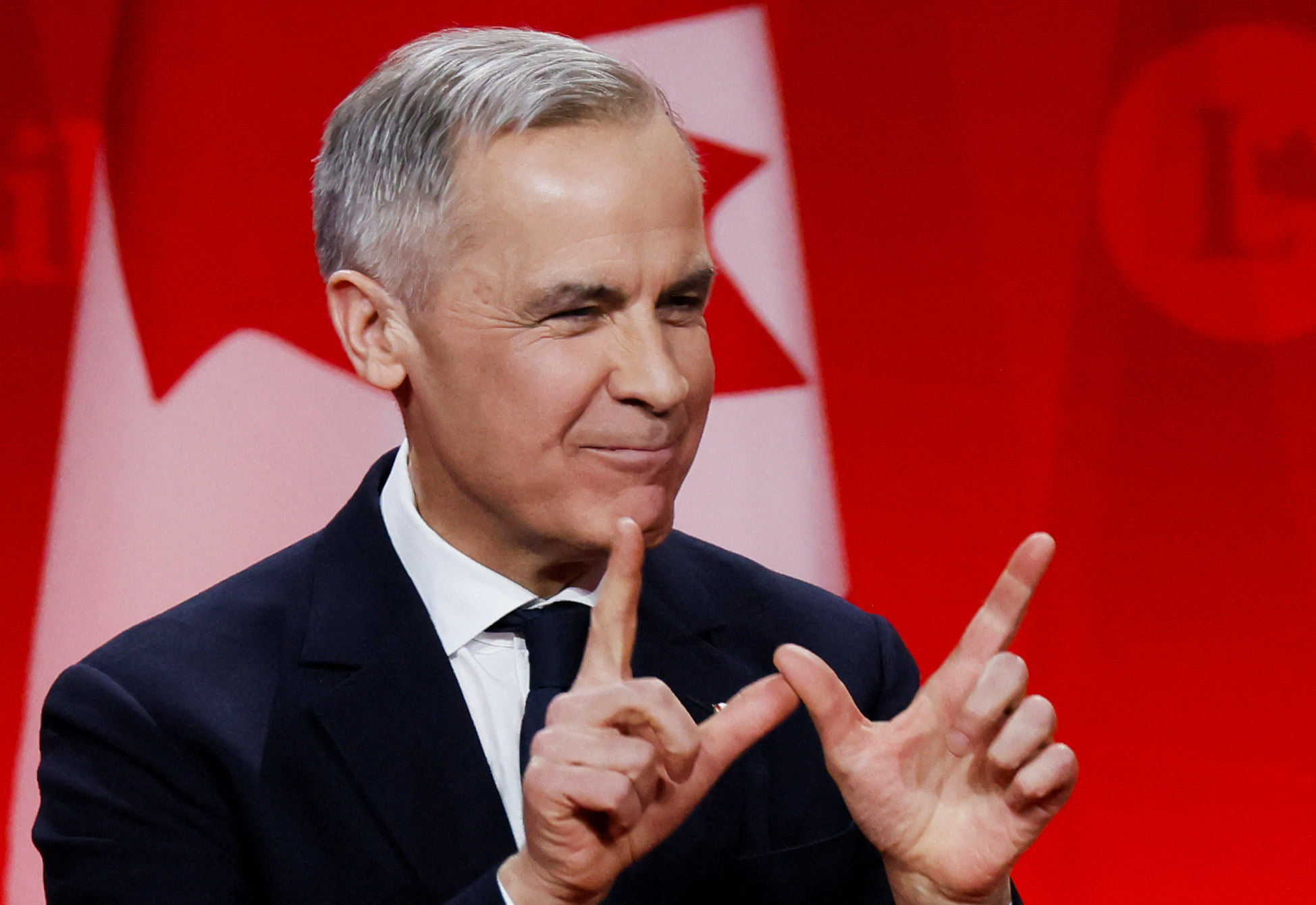As Canada holds an election on Monday, Prime Minister Mark Carney's Liberals are ahead of Pierre Poilievre's Conservatives in national opinion polls.
The New Democratic Party led by Jagmeet Singh is in a distant third place, while the separatist Bloc Quebecois, which only campaigns in the predominantly French-speaking province of Quebec, is in fourth.
In a close race, votes in a few electoral districts, called "ridings" in Canada, could make all the difference in who is prime minister.
Burnaby Central, British Columbia
The result here could help show whether the left-leaning New Democrats, who compete with the Liberals for the center-left vote, have a future.
Burnaby Central is a new riding, replacing Burnaby South.
This was held by NDP leader Jagmeet Singh, who kept former Prime Minister Justin Trudeau's minority Liberal government in power for more than two years in return for more social spending.
Singh, who is the NDP candidate, says Canadians benefited because as a result of the deal, Liberals passed legislation increasing access to healthcare. But polls suggest he is running third in the new riding as left-leaning voters coalesce behind the Liberals.
2021 election result in Burnaby South – NDP 40.3 percent; Liberal 30.4 percent; Conservatives 22.4 percent.

Aurora—Oak Ridges—Richmond Hill, Ontario
Key to any victory is the so-called Golden Horseshoe, a riding-rich crescent that sits on Lake Ontario and includes Toronto as well as other cities.
The Conservatives held Aurora—Oak Ridges—Richmond Hill from 2018 to 2021.
If they are to take advantage of unhappiness over living costs, immigration and a housing crisis — factors that dominated politics before US President Donald Trump began threatening tariffs and annexation — the riding is a key target.
2021 election result – Liberal 45.2 percent; Conservatives 42.1 percent.
Trois-Rivieres, Quebec
Any party wishing to win power must also perform well in Quebec, which has the second-largest number of seats in the House of Commons.
It is the only province with its own party, the Bloc, which is seeking independence for the province and whose fortunes can swing wildly. Trois-Rivieres is one of several in Quebec where three (and sometimes four parties) contend for the vote.
The 2021 result was tight, with the Bloc winning by just 83 votes of the 58,110 that were cast.
2021 election result – Bloc Quebecois 29.5 percent; Conservative 29.4 percent; Liberal 28.6 percent.
Edmonton Southeast, Alberta
The Liberals have traditionally fared poorly in the western oil-producing province of Alberta, thanks to former Liberal Prime Minister Pierre Trudeau, who introduced unpopular energy policies in the 1980s.
Some of this enmity rubbed off on his son, Trudeau, who at best only won a handful of Alberta seats. Now that Trudeau is gone, the Liberals have a chance to repair their reputation.
Ex-Liberal cabinet minister Amarjeet Sohi is running in the new riding of Edmonton Southeast, and if he wins, it will be a sign the party can succeed even in hostile territory.
Cumberland—Colchester, Nova Scotia
The four provinces in Atlantic Canada, which contain a total of 32 seats and report their results first, often offer an early indication as to how the election might go.
The region is politically volatile and results can swing broadly. The Liberals won Cumberland-Colchester by a few hundred votes in 2019 but lost it to the Conservatives in 2021.
2021 election result - Conservatives 46.0 percent; Liberals 34.2 percent; NDP 12.3 percent.
Burlington, Ontario
This Ontario riding southwest of Toronto is the ultimate in Canadian bellwethers, having elected a legislator from the winning party for 12 consecutive elections going back to 1984.
2021 election result - Liberals 45.7 percent; Conservatives 37.3 percent; NDP 10.9 percent.















